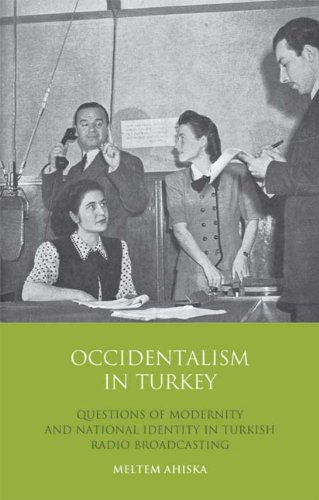

Most ebook files are in PDF format, so you can easily read them using various software such as Foxit Reader or directly on the Google Chrome browser.
Some ebook files are released by publishers in other formats such as .awz, .mobi, .epub, .fb2, etc. You may need to install specific software to read these formats on mobile/PC, such as Calibre.
Please read the tutorial at this link: https://ebookbell.com/faq
We offer FREE conversion to the popular formats you request; however, this may take some time. Therefore, right after payment, please email us, and we will try to provide the service as quickly as possible.
For some exceptional file formats or broken links (if any), please refrain from opening any disputes. Instead, email us first, and we will try to assist within a maximum of 6 hours.
EbookBell Team

4.8
24 reviewsFrom the early Attaturk years, Turkish radio broadcasting was seen as a great hope for sealing the national identity of the new Turkish Republic. Since the inaugural broadcast in 1927, the national elite designed radio broadcasting to represent the ''voice of a nation.'' Here Meltem Ahiska reveals how radio broadcasting actually showed Turkey’s uncertainty over its position in relation to Europe. While the national elite wanted to build their own Turkish identity, at the same time they desired recognition from Europe that Turkey was now a Westernized modern country. Ahiska shows how these tensions played out over the radio in the conflicting depictions and discrepancies between the national elite and ''the people,'' ''cosmopolitan'' Istanbul and ''national'' Ankara, and men and women (especially in Radio drama). Through radio broadcasting we can see how Occidentalism dictated the Turkish Republic’s early history and shaped how modern Turkey saw itself.